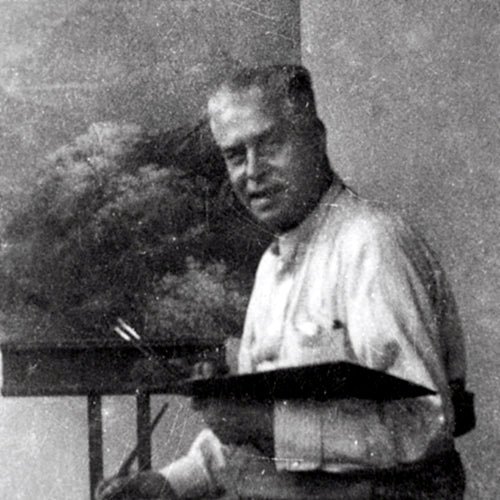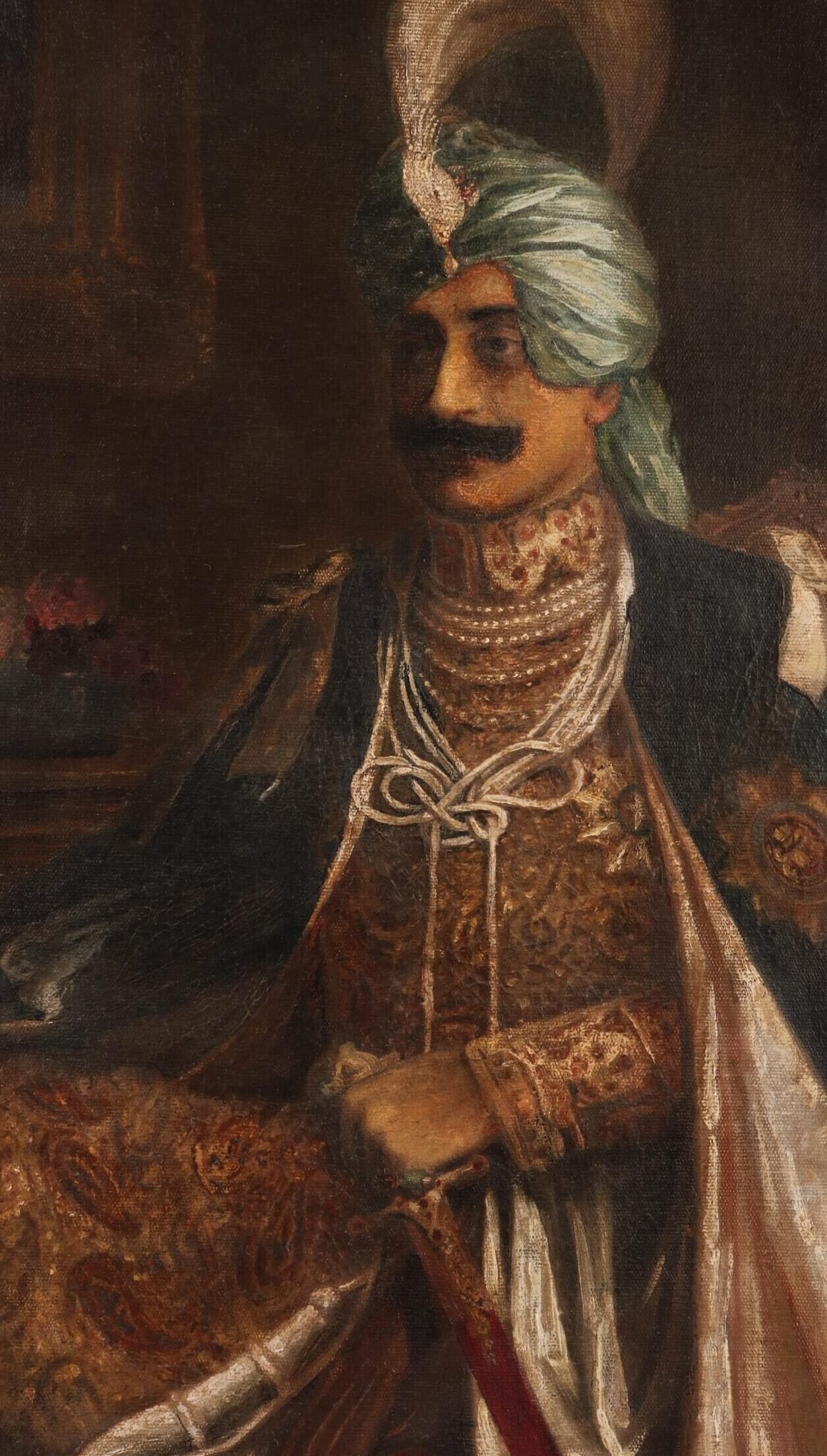Jamini Prokash Gangooly’s artistic legacy endures through his remarkable work in portraiture and landscape art, earning him recognition as a pioneer of academic realism in India. His ability to blend traditional Indian aesthetics with academic techniques introduced during the colonial period created a distinctive style that resonated with both Indian and Western audiences.
Gangooly’s paintings captured the natural beauty of India, while his portraits conveyed deep sensitivity, reflecting the complexities of identity and cultural expression in colonial India. His work bridged tradition and modernity, contributing to the evolution of Indian art during a transformative era.
Despite limited documentation of his personal life, his mastery of academic realism remains significant. His paintings explored the relationship between individuals and their environments, a theme still relevant in contemporary art.
Gangooly is remembered not only for his artistic achievements but also for shaping Indian art’s narrative. His influence continues to inspire new generations of artists exploring tradition and modernity. As a master of academic realism, his contributions serve as a testament to the power of creativity and cultural heritage in shaping artistic expression, ensuring his legacy endures in Indian art history.




